Let’s have a look at the “landing pages” for different products in this niche, shall we?
Notion
Obsidian
Roam Research
Logseq
Joplin
Zettlr
TiddlyWiki
Conclusions
- The competition have clear taglines, TiddlyWiki has “HelloThere”
- The competition opens with 1-2 sentences explaining the benefits of the product, TiddlyWiki says “Have you ever had the feeling …”
- The competition has clear download/sign up buttons, for TiddlyWiki you have to scroll down to GettingStarted and try to make sense of it
- The competition has large text and lots of whitespace, TiddlyWiki has lots of small text and images that you don’t understand
Suggestions
- Redesign with more whitespace, larger text, less text
- Open with stuff from “Some of the things you can do with TiddlyWiki” and “Ten reasons to switch to TiddlyWiki”
- Replace the 9 image links with information about how to download/save
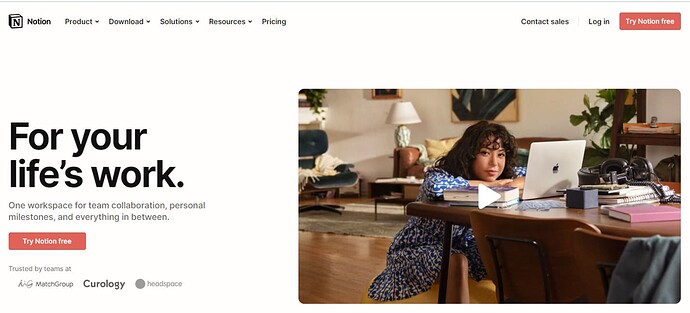
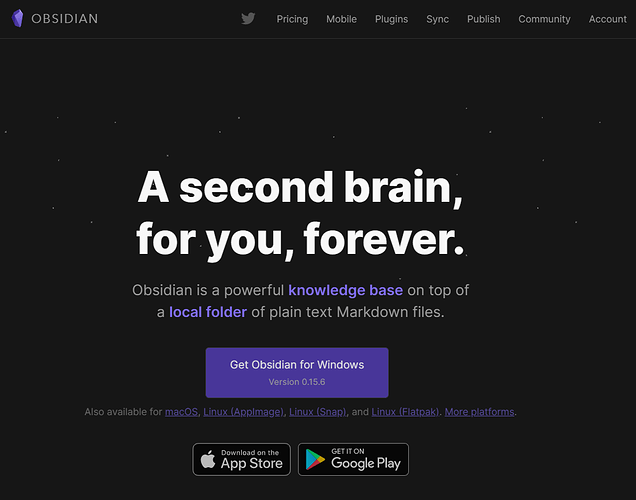
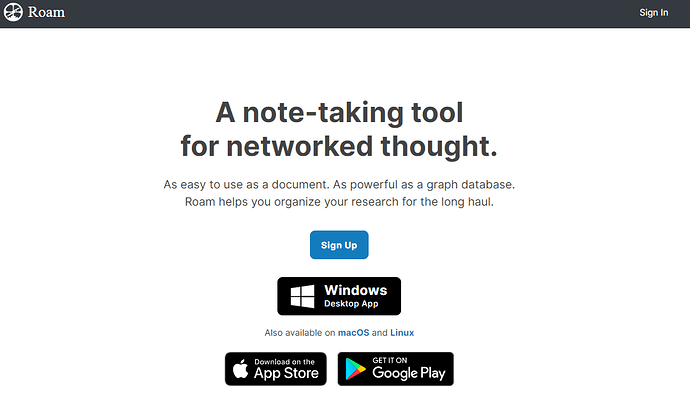
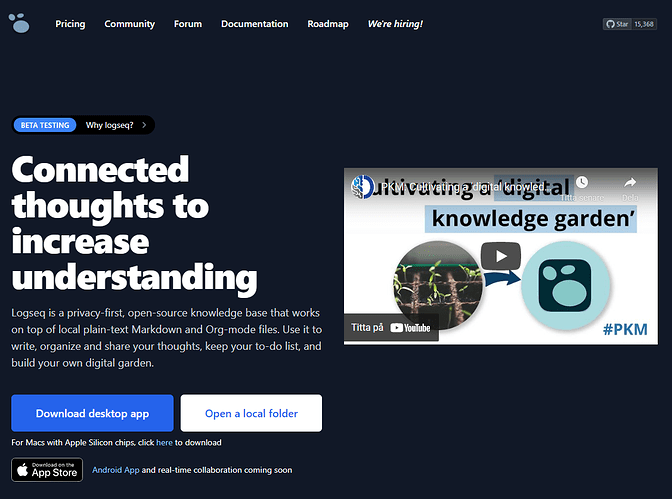
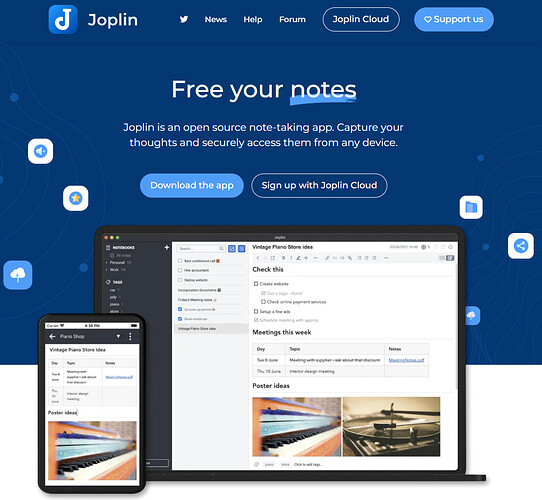
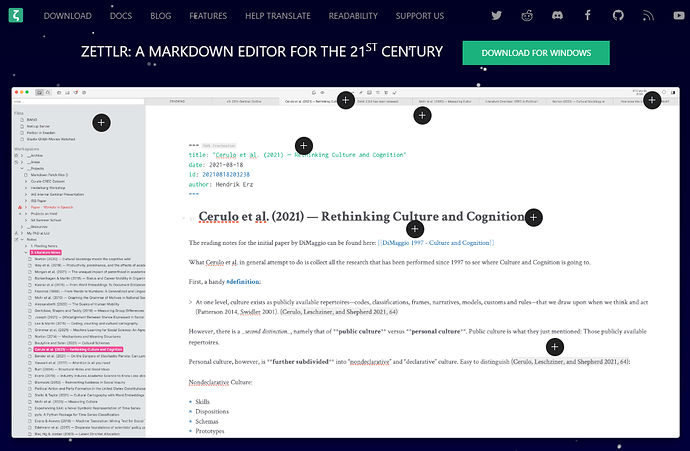
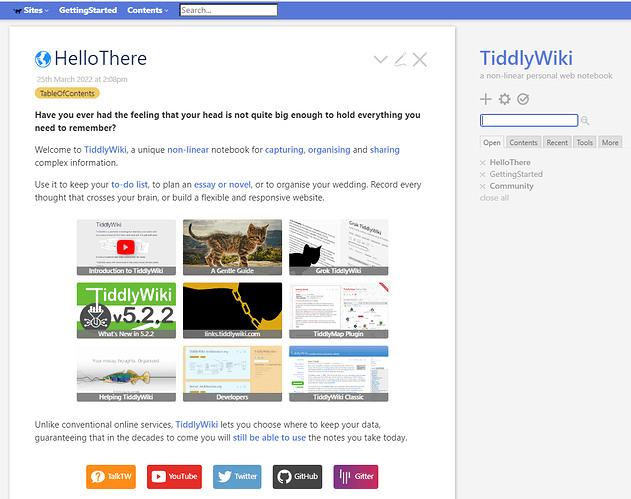
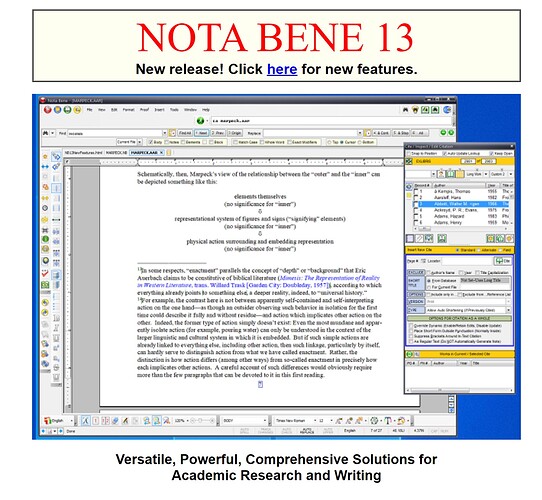
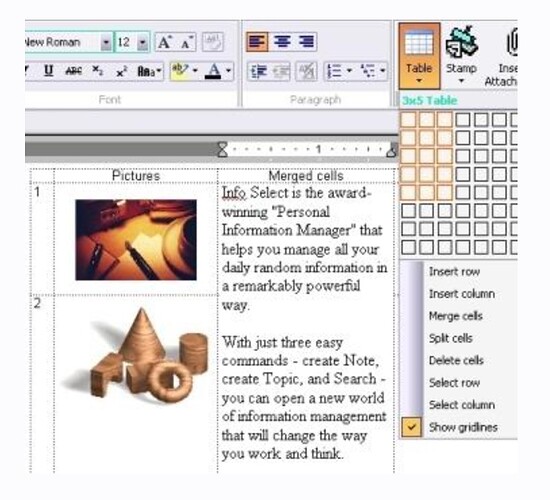
 )
)